The parent volunteer (PV) scheme exists as an avenue for parents to serve in schools in various duties that the schools are lacking time and manpower to meet. Parent volunteers who have clocked in the pre-requisite number of volunteer service are entitled to priority registration under Phase 2B for Primary One Enrolment, though this is not a guarantee.

The scheme started in 1998 to encourage parents to familiarise themselves with the school before registering their children.
Related Post: Does the Primary One Registration System Needs To Change?
What’s A PV To Do?
Parent volunteers may be involved in areas such as regular programmes in schools, school functions or parent-initiated programs. Examples include library duties, tutoring, reading programs, ad-hoc duties (eg. preparing gift packs), being involved in school concerts, sports days, workshops and planning. The number of spots and volunteer hours differ across schools. While the minimum hours under the Education Ministry’s guideline is 40; some schools ask for 60 to even 80.
The GOOD
1. A Way In
Parents share that the PV system is an option for children to garner a better position in registration. Mrs Soo, with children in P3 and P5, had experience being a PV. She felt that such a system if used properly would offer better chances at enrolment.
2. A good chance to know the school culture and teachers
Being in school helps parents to get a glimpse of life within the school. Mdm Ho, a PV, felt that she was able to understand the environment better and see how the school treats children of different capacities. One other mother shared that she came to better appreciate the problems and challenges that the school and the teachers are facing. Being a PV helps to promote that involvement in the children’s school life as well.
3. A Way to skip balloting
Of course, this is not guaranteed, but there is a higher chance that PVs can skip the balloting process.
The BAD
1. No guarantee
The biggest peeve of PVs would probably be that there is still no guarantee that slots will be awarded to them despite the hours they serve. Some places seek to minimise this by limiting the number of PVs so that they do not have to undergo balloting.
2. Unfair
Some parents feel that the system is unfair in the sense that not all parents can afford to serve. This is especially so for parents who face long working hours or have a few children to take care of. Even in volunteering, competition is stiff; the higher the number of hours served puts a PV in a better stead. So how can those who have tight times on their hands compete? 40-hour clockers are far behind 60-hour clockers and even then there are PVs who clock 80 hours. One busy mother jested, everyone should just ballot; equal chances on the same playing field.
3. Potential for Abuse
While the PV system allows both parents and school to meet halfway, in a sort of win-win relationship for both sides, there is potential for abuse. Some schools have such coveted PV spots that they have to turn down some parents due to overwhelming response. This may impact those parents who sincerely want to volunteer for a good cause in the school but are being deprived of a chance due to parent-competition for Primary 1 registration.
The PV system has its pros and cons, it helps some but there are others who fall through the cracks. It is precisely because parents believe there are schools which are better than others that this enrolment crunch exists. There is the vision of “making every school a good school”. Not all schools are good on the same level, which is plain to see for now. However, the Government is putting in efforts to bring standards up and supplying resources so that no school is lacking in capacity to provide holistic education and this is a step in the right direction. Until then, this “rite of passage” will still exist for parents who face the daunting primary school enrolment.
Related Post: Is Your Child Ready For Primary School?
By Som Yew Ya
What are your thoughts? Share your comments with us below.
If you find this article useful, do click Like and Share at the bottom of the post, thank you.
Want more comprehensive info? Check out our e-guides here.

























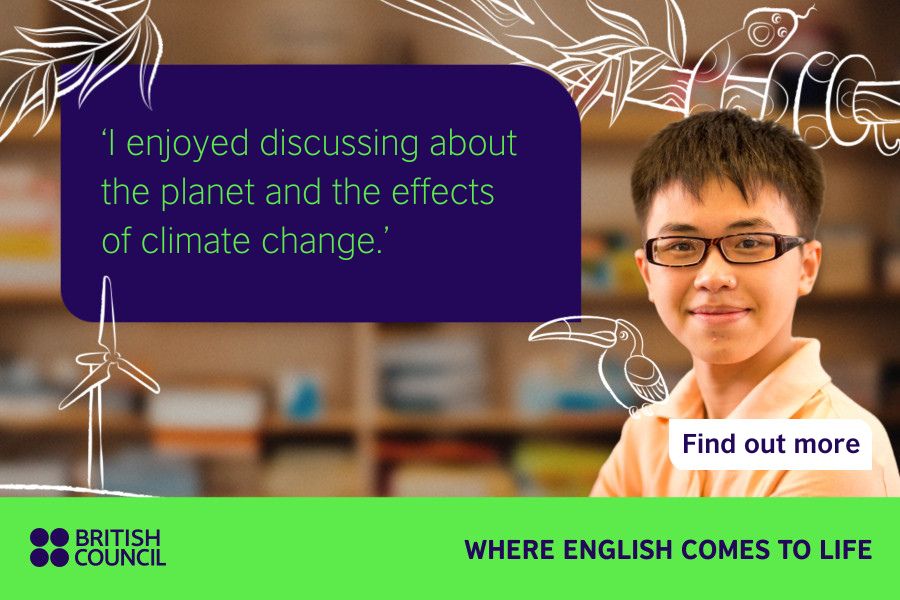











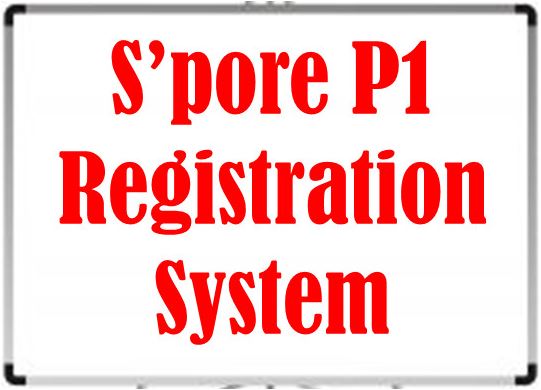

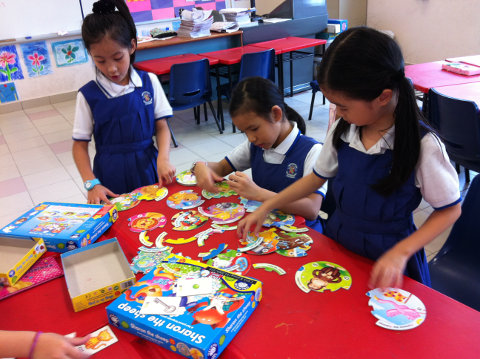

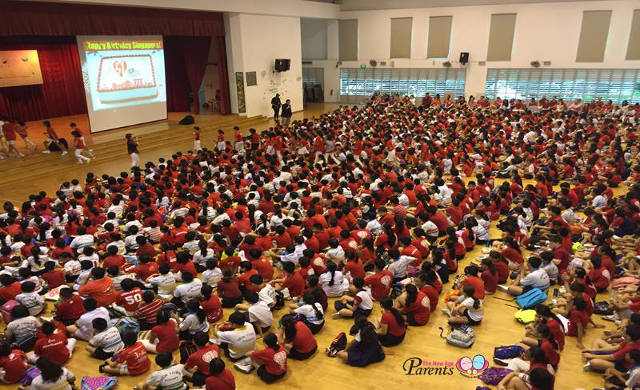
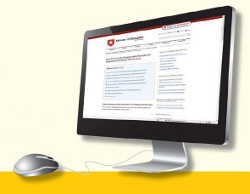















Leave a Comment: